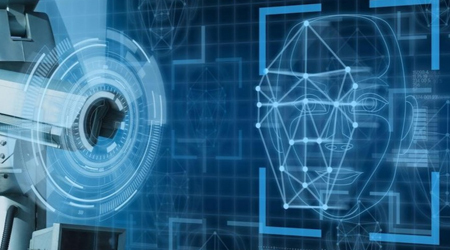What do you understand about Artificial Intelligence(AI) powered surveillance systems ? Do you perceive any threat to the privacy of the individual ? What are the legal gaps in India’s regulatory framework of AI in civil liberties?
Introduction
Artificial Intelligence (AI)-powered surveillance systems are adopted to enhance governance and law enforcement capabilities. It raises critical concerns about privacy and civil liberties of the individual. Regulatory framework of India lags in addressing these concerns.
Surveillance systems of AI: Threats to Individual Privacy
Facial Recognition technologies process vast amounts of personal data. It is known as Dragnet surveillance, which is the collection and analysis of information on everyone, rather than merely those under suspicion, which infringes upon the right to privacy under Article 21 of the Indian Constitution.
For instance, the Telangana Police data breach (2024) exposed the misuse of databases like “Samagra Vedika,” which combined welfare data with surveillance systems. Such practices highlight the absence of transparency and safeguards in India’s surveillance ecosystem.
Furthermore, AI systems may inadvertently perpetuate biases and discrimination, as seen in incidents of misidentification using facial recognition technology, disproportionately impacting marginalized communities.
Legal Gaps in India’s Regulatory Framework
Digital Personal Data Protection Act (DPDPA), 2023:
Though aimed at protecting personal data, it includes broad exemptions under Section 7(g) and 7(i), allowing government agencies to bypass consent. Section 15(c) imposes obligations on citizens to provide accurate data but lacks reciprocal accountability mechanisms for the state.
Lack of AI-specific regulations:
Unlike the EU’s Artificial Intelligence Act, India has no risk-based framework to categorize or regulate AI activities. Technologies like AI-powered facial recognition are deployed in public spaces without legislative debate or guidelines. For instance, the Delhi Police’s AI-based crime patrols operate without public disclosure on data collection practices.
Judicial Oversight and Proportionality: The K.S. Puttaswamy judgment (2017) mandates that data collection must be legal, pursue legitimate aims, and adhere to proportionality. However, India’s AI surveillance lacks judicial oversight, as evidenced by the unchecked expansion of CCTV networks in Hyderabad and Delhi.
Policy Recommendations
To align with constitutional rights and international best practices, India must adopt a comprehensive regulatory framework for AI-powered surveillance:
Risk-Based Regulation:
Categorize AI activities into risk levels, similar to the EU’s model, prohibiting high-risk activities like real-time biometric tracking in public spaces unless strictly necessary.
Transparency and Accountability:
Mandate public disclosure of data collection practices, including the purpose, retention period, and access protocols. Implement auditor oversight for data sharing and usage.
Consent Mechanisms: Redefine exemptions in the DPDPA to be narrower and ensure consent processes are subject to independent judicial oversight.
Judicial Oversight and Redressal Mechanisms: Introduce a robust grievance redressal mechanism to address violations. Establish an AI Ethics Board to ensure compliance with privacy norms and ethical standards.
Capacity Building and Retrofitting: Ensure privacy safeguards are embedded during deployment to avoid retrofits, which are costly and inefficient.
The recent launch of 50 AI-powered satellites by India underlines the urgency for data protection laws tailored to emerging technologies.
In Hyderabad, the integration of AI with public CCTV networks has enhanced crime detection but faced criticism for inadequate transparency and disproportionate surveillance of public spaces.
Globally, the UK’s Investigatory Powers Tribunal sets a precedent for balancing national security with privacy, providing a model for judicial oversight.
Conclusion
While AI-powered surveillance systems promise transformative benefits in governance and law enforcement, they must operate within the ambit of constitutional rights. A robust regulatory framework, modeled on international best practices and rooted in principles of transparency, consent, and proportionality, is essential. By prioritizing privacy and civil liberties, India can ensure that technology serves the public interest without compromising fundamental rights.
Source

